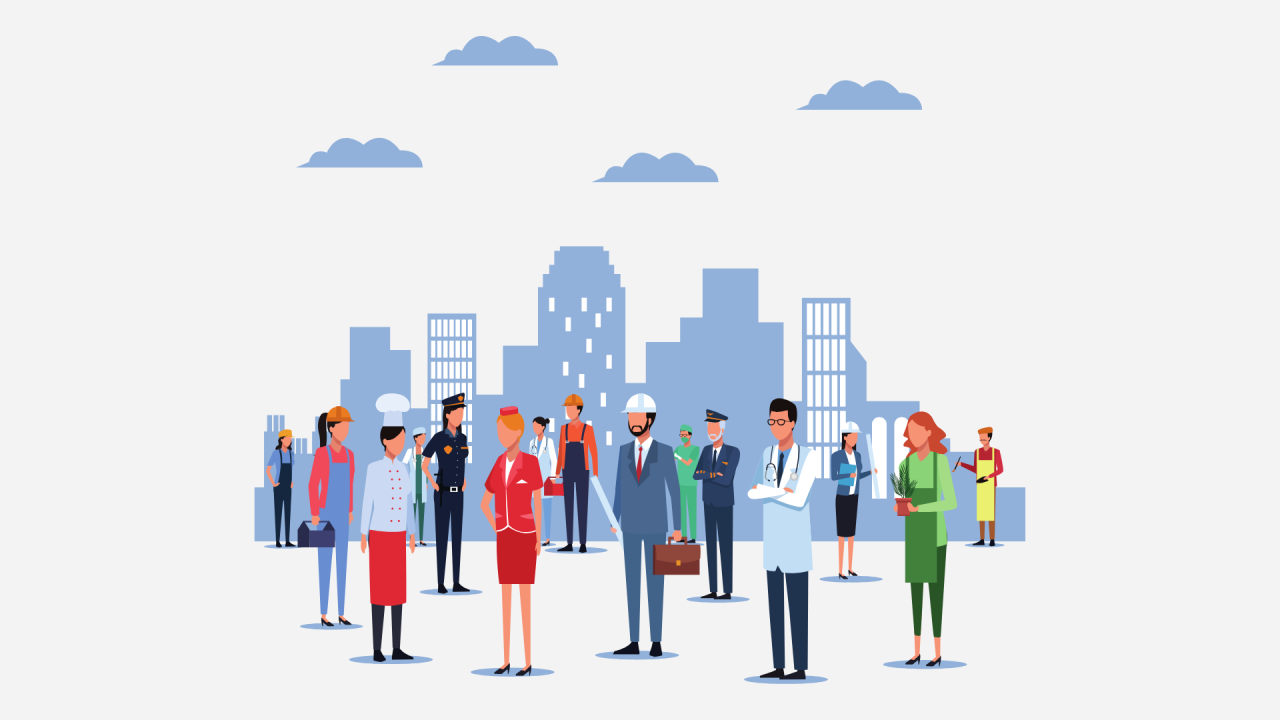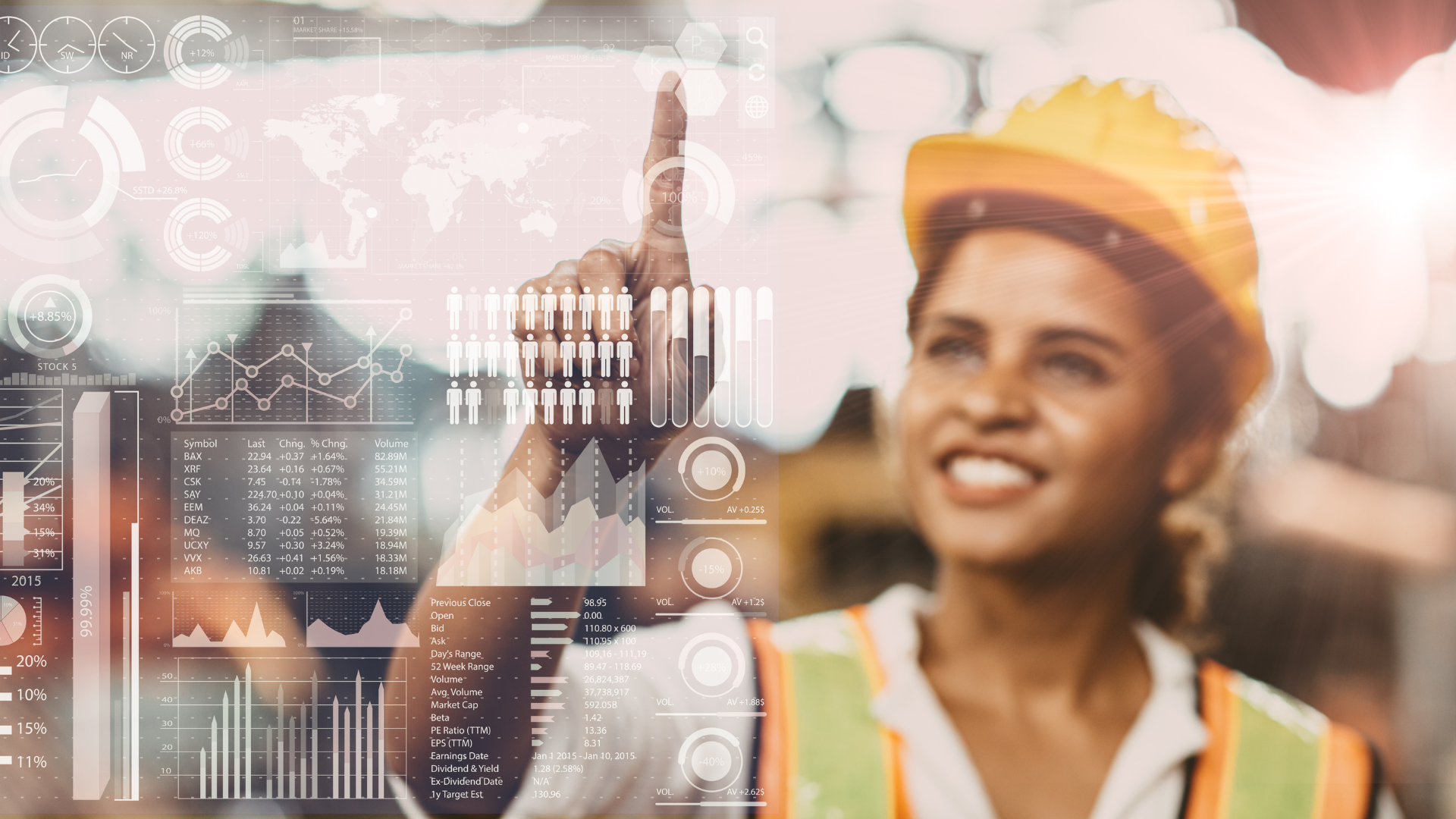4 min read
Part 2. Humans Working Slower
…anything that can’t be automated will be incredibly valuable. Whether we consider AI a tool, a collaborator, or a displacer, it will alter our...
3 min read
Logical Design Solutions
:
2/5/25 6:30 AM
In the digital transformation era, organizations increasingly recognize that technology is not just a tool for efficiency—it is an amplifier of human potential. The convergence of agentic AI, biomimetic organizational structures, and circular talent models is shaping the next phase of enterprise evolution, one that is both regenerative and human-centered.
As businesses seek to navigate complexity, leaders must rethink how they integrate technology, design organizations, and develop talent in ways that foster sustained innovation, adaptability, and emotional sustainability. This article explores three core pillars shaping the future of work and how organizations can leverage them to create high-performing, resilient ecosystems.
Technology is not a substitute for human ingenuity—it is an enabler of deeper creativity, better decision-making, and stronger collaboration.

For too long, the discourse around AI has centered on automation and job displacement. However, the rise of agentic AI shifts the narrative towards augmentation rather than replacement. Unlike traditional AI, which is passive and reactive, agentic AI acts proactively, connecting employees with the right knowledge, resources, and people in real-time.
The organizations that will thrive in the future are not those that replace people with AI, but those that use AI to empower employees to focus on high-value, human-centric contributions—such as creativity, empathy, and strategic problem-solving.
Just as nature thrives on adaptability, interdependence, and decentralization, so too must modern organizations.

Nature is the ultimate innovator. Biomimicry applies principles from natural ecosystems—such as self-organization, decentralized decision-making, and resilience—to business structures. In this model, organizations operate as interconnected networks rather than rigid hierarchies.
Organizations that embrace biomimicry are more resilient, innovative, and better equipped to navigate volatility and rapid change. This approach ensures that businesses don’t just survive disruption—they thrive in it.
Talent is not a fixed resource—it is a renewable asset that must be continuously cultivated, refreshed, and redeployed.

Traditional workforce models focus on static roles, often leading to stagnation, disengagement, and wasted talent. In contrast, circular talent models treat human capital as a dynamic ecosystem, emphasizing constant skill development, rotation, and renewal.
The future of work demands fluid, adaptable career paths where employees are continuously engaged in meaningful growth and not locked into static career trajectories. This approach benefits employees and fuels long-term organizational agility.
The future of work is not just about digital transformation—it’s about human transformation.
Beyond technology and organizational structures, the emotional well-being of employees is critical to sustained success. As work becomes increasingly digital, leaders must invest in emotional sustainability, ensuring that employees feel valued, connected, and psychologically safe.
Ultimately, an organization’s greatest competitive advantage is its people—and their ability to contribute at their fullest potential. Emotional sustainability ensures that employees are not just productive, but also fulfilled, motivated, and inspired.
The next era of work requires a new leadership paradigm—one that seamlessly integrates technology, decentralized adaptability, and continuous talent renewal. Organizations that embrace agentic AI, biomimicry, and circular talent models will not only future-proof themselves, but they will also create more innovative, resilient, and human-centered workplaces.

4 min read
…anything that can’t be automated will be incredibly valuable. Whether we consider AI a tool, a collaborator, or a displacer, it will alter our...

3 min read
The world of work looks vastly different from what it did just a few years ago. Many employees have come to appreciate the benefits of a work-life...

3 min read
The past year saw a concerted effort across most industries to encourage resilience and support sustainable growth, as organizations recognized the...